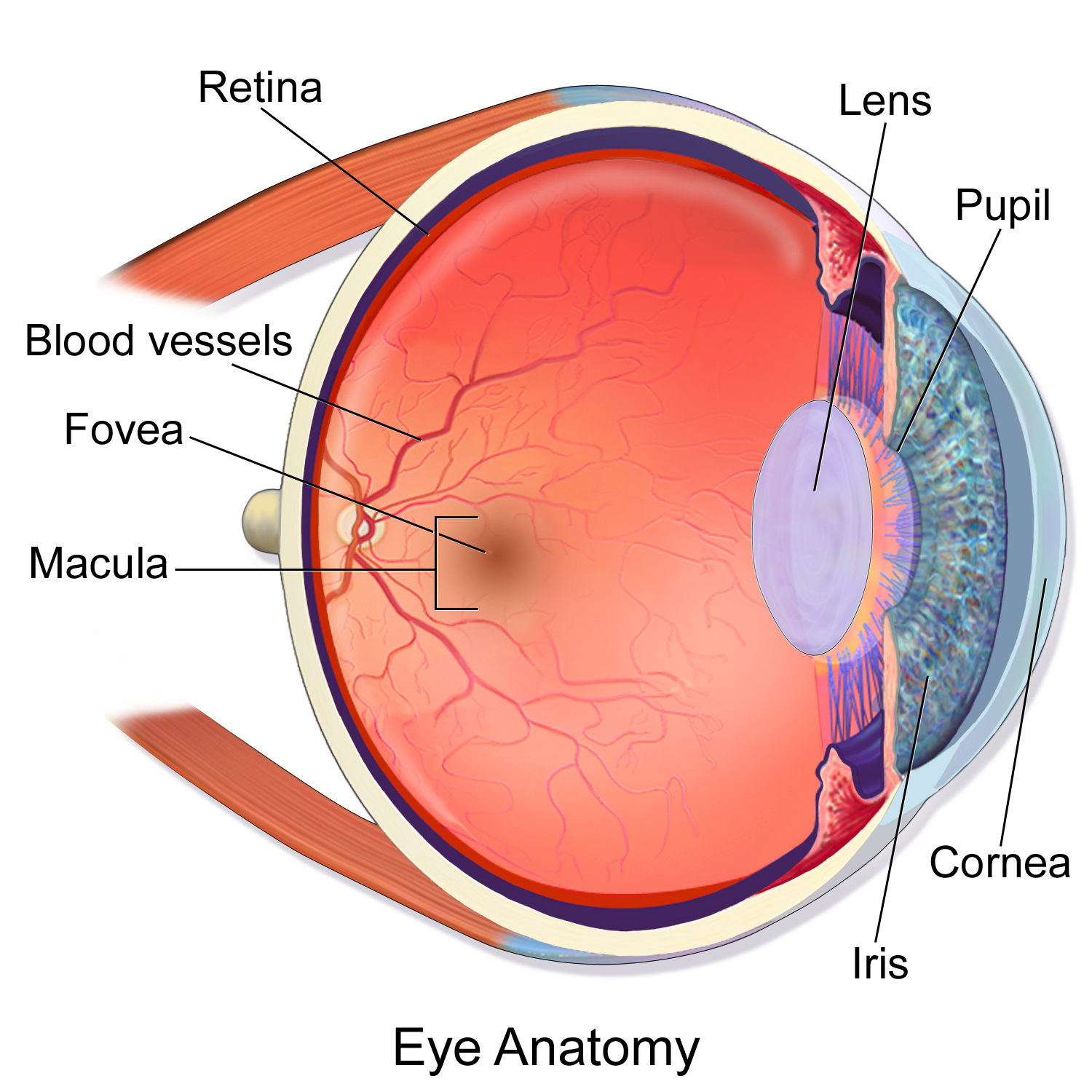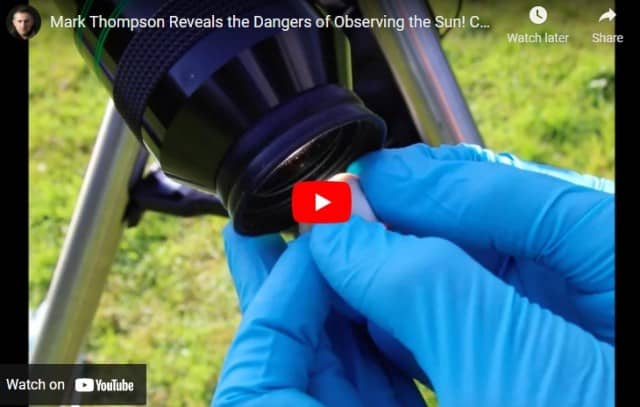Looking at the sun through binoculars or a telescope will fry your eyes in no time and the damage is usually irreparable. NEVER do that without special filters and precautions!
The light-bundling properties of the lenses in binoculars amplify and intensify the sun’s energy many times, this can burn structures of the eye, damage the retina and even cause complete blindness.
What happens to the eyes when looking at the sun with binoculars?
Looking at the sun with binoculars? Bad idea. Although the sun is 93 million miles from our planet earth, the sun’s extremely powerful radiation is quite damaging to the structures in our eyes. Doctors advise never to look at the sun even with naked eyes, let alone with binoculars. But despite all the cautionary advice, there are bound to be a few people who still try to stare at the sun with naked eyes. Or worse – through binoculars.
Why is it dangerous to look at the sun with binoculars?
Looking at the sun through binoculars results in focusing of sun rays in a point of high energy. Imagine the lens of our eye as a magnifying glass. Every child learns very early how to light a piece of paper with a magnifying glass.
And there are a lot more lenses in binoculars. So imagine the bundled light energy through all these magnifying glasses and the amount of heat energy it creates!
What exactly happens?
The light energy triggers a chemical reaction that damages the cells to the point that their ability to respond to a visual stimulus is completely impaired. Moreover, the photons in the light rays result in the creation of free radicals. These free radicals are highly reactive molecules that kill cells, particularly the light-sensitive cells in the eye. This results in serious damage to the structures in the eye.

Which structures of the eye are affected or damaged?
Sunlight can cause serious and permanent damage to our eyes. Even more when this light is amplified by an optical instrument. The focusing of sunlight through binoculars creates a great deal of energy which can literally create charred holes in our retina or macula (which contains light-sensitive cells). This damage done to the eye is termed “solar retinopathy”.
The main damage occurs at the fovea which is responsible for sharp, central vision. The retina is thinnest at the central point called macula making this part of the eye most sensitive and most susceptible to damage by the sun rays. Patients suffering from solar retinopathy complain of a small blind spot at the center of their vision; this is called a scotoma.
Upon medical examination, a characteristic pattern of eye damage is seen. It shows as if a punch hole is created in the center of the retina.
This video shows what could happen to your eye when you look at the sun through a telescope — and it isn’t pretty
How long does it take the sun rays to damage the eye?
You do not need to stare at the sun for long periods of time for photochemical destruction to occur. Instead, only 30-60 seconds are enough to cause retinal damage when looking at the sun with bare eyes.
The retina is not pain-sensitive so at first, you won’t feel any pain or whatsoever. After a few hours, you will start to feel the irritation, photosensitivity, and blurring of vision caused by the damage.
Looking at the sun with binoculars can cause immediate damage or blindness.
The retina in your eye is extremely sensitive and high energy radiation can cause immediate damage to the light-sensitive nerve cells. You know the effect when you look into the flash of a camera. Then you see a black spot in your field of vision for quite a while. The difference to the black spot that binoculars will cause in your eye is that it just stays there and doesn’t go away anymore.
You were even lucky when after looking at the sun through binoculars only some cells of the macula are damaged resulting “only” in a black spot in your vision. In the worst-case, you would be blind.
Is the damage permanent?
The damage may be irreversible (permanent) or reversible depending upon the duration of exposure. If the light-sensitive cells called cones are destroyed at the fovea, irreversible damage occurs and the patient will suffer blurred vision or a central blind point in their eye.
Short-term damage or reversible damage includes sunburn of the cornea, called “solar keratitis”. Symptoms include pain and light sensitivity within 24 hours of exposure to sunlight.
Is recovery possible after the eyes are damaged by the sun rays?
Some patients recover completely and their symptoms reverse but it may take about 12 months depending upon the level of damage. However, in some patients, long-lasting vision problems result. The long-lasting vision defects include a small blind spot in their vision or a vision of 20/200 or even worse.
Is there any treatment available for “solar retinopathy”?
Unfortunately, no – in the case of patients with serious or permanent damage. There is currently no treatment available that could possibly reverse the damage.
How to look at the sun safely?
The sun is our nearest star and observers must take great care when looking at the uneclipsed sun. You might be wondering what can be the safest possible way to look at the sun and not go blind.
The answer is simple – Do not look at the sun!!! It’s too bright anyway to see anything and it damages your eyes!
Fortunately, we are innate to avert our eyes in bright sunlight, therefore we instinctively avoid looking directly at the sun.
Scientists or skywatchers observing the Sun during an eclipse, or who are engaged in solar research in general, MUST use special filters approved for solar observation when looking at the Sun. These sun filters block out up to 99% of the destructive heat rays.
For safe solar viewing, use the following gadgets:
- Pinhole projector (which is the safest and simplest method)
- Welder’s goggles or “eclipse” glasses rated 14 or higher
- Solar telescopes or binoculars that are specially designed for viewing the sun and that are fitted with solar filters
Regular handheld binoculars are not designed to look at the sun. Never look at the sun with binoculars!
The blazing heat of the sun and the amplification of the rays through the binoculars will destroy your eyes.
Never use homemade filters such as stacked sunglasses, camera filters, smoked glass, polarized filters, compact disks, or candy wrappers. Although these gadgets seem to reduce the brightness of the sun, harmful radiation may not be completely filtered out and your eyes could be harmed.
References and More to Read
scientificamerican.com/article/science-says-why-we-cant-look-at-the-sun/




